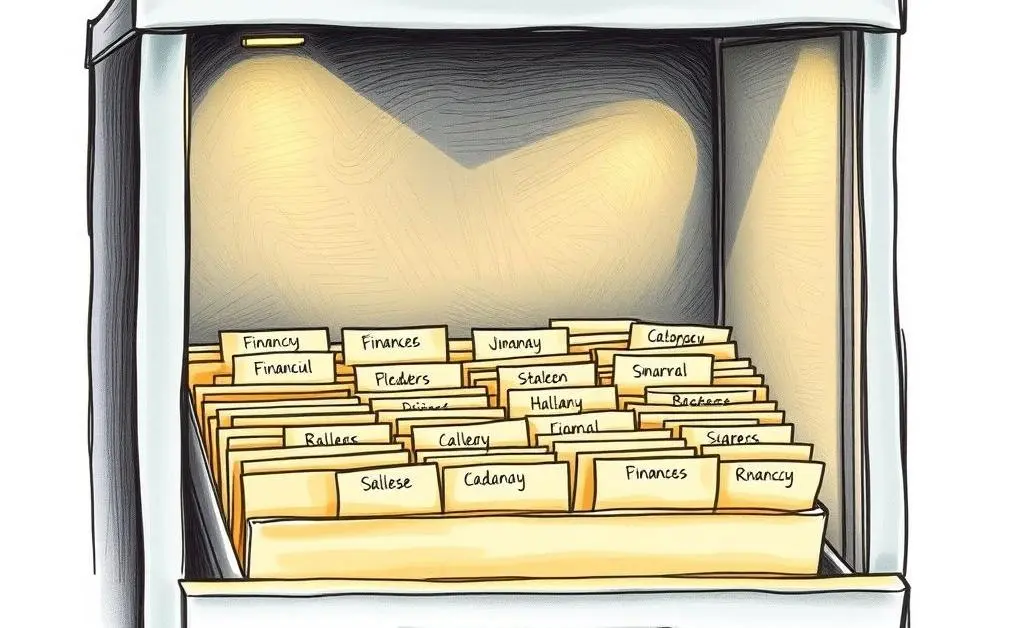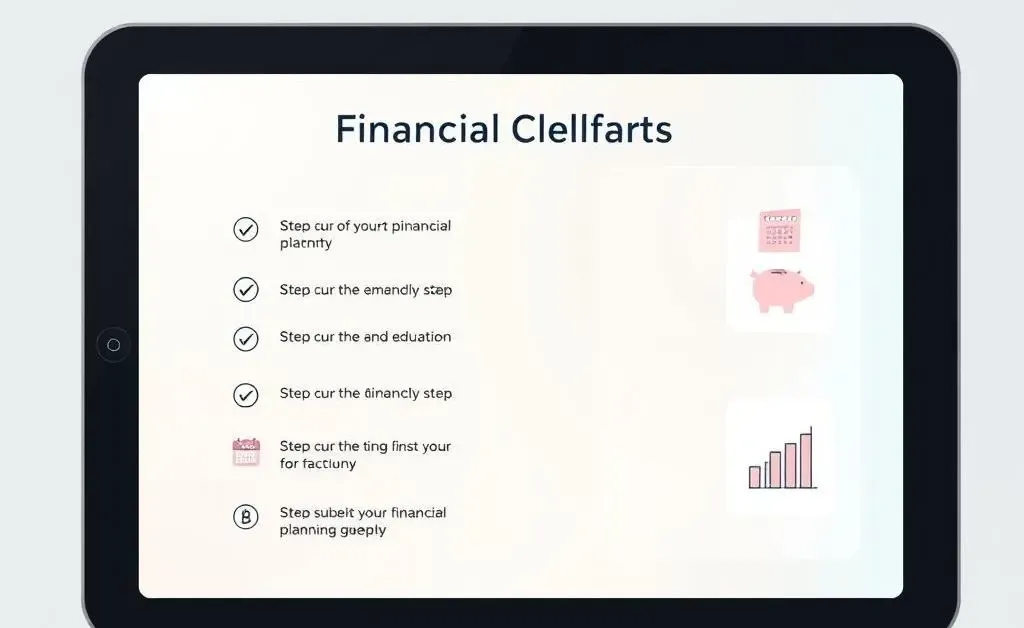How to Prepare Your Partner for Financial Peace of Mind
Ensure your partner knows what to do in financial emergencies.

Hey there. Have you ever considered what would happen to your household finances if you were suddenly unable to manage them? It’s a topic we don’t often talk about, but it’s incredibly important. Picture this: our partner is at a crossroads, unsure of what steps to take next, not because they’re unwilling, but because they’re unsure where to start. Let’s make sure that doesn’t happen by preparing a solid financial roadmap.
Start With a Heartfelt Conversation
The first step in preparing your partner for financial peace of mind is opening up a dialogue. Sit down together when you both have ample time and energy. Perhaps over a pot of tea during a quiet afternoon. Share how you’re feeling and invite your partner to express their thoughts and concerns. This way, you’re setting a foundation built on understanding and collaboration.
Catalog Your Combined Financial Landscape
To begin, create a comprehensive list of all financial accounts. This includes bank accounts, credit cards, investment portfolios, your mortgage, and any other loans. Don’t forget about any hidden gems like online subscriptions or smaller accounts you might have forgotten over time.

Next, compile a digital or physical binder containing login credentials, account numbers, and contact details. Having a central repository not only simplifies management but also brings significant peace of mind.
Plot Out Your Budget and Bills
Understanding your household’s cash flow is key. Outline a clear budget, highlighting monthly income and expenses. Identify all regular bills, noting due dates and payment methods.

Emphasize Emergency Planning
Set aside funds for unexpected events. Open an emergency savings account and contribute regularly, as much as your budget allows. Explain how to access these funds and under what circumstances they should be utilized.
Ensure Secure Access
Consider enlisting a family financial planner to help create a long-term plan. You both might learn some valuable insights, all while ensuring your strategy is robust. Don’t forget about the power of modern technology when it comes to financial planning—budgeting apps and online tools can be incredibly helpful.

A Continuing Conversation
Remember, financial planning is not a one-time event; it’s an ongoing process. Schedule regular check-ins with your partner to review and adjust your plans as needed. This ensures that both of you remain aligned and informed.
Ultimately, the conversations you have and the preparations you make are about more than just money. It’s about building a life together that is grounded in security and shared understanding. When we take the time to ensure our loved ones aren’t left guessing in times of distress, we foster resilience and trust that help us weather any storm. So go ahead, pull out that financial binder, and start planning your roadmap toward peace and confidence.




